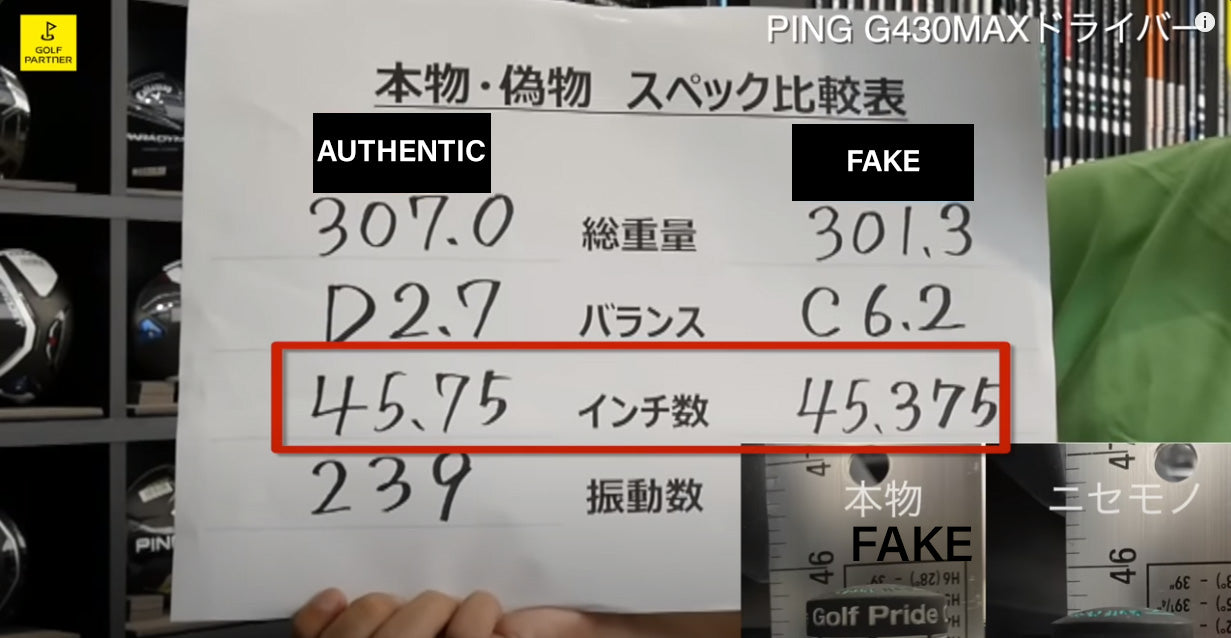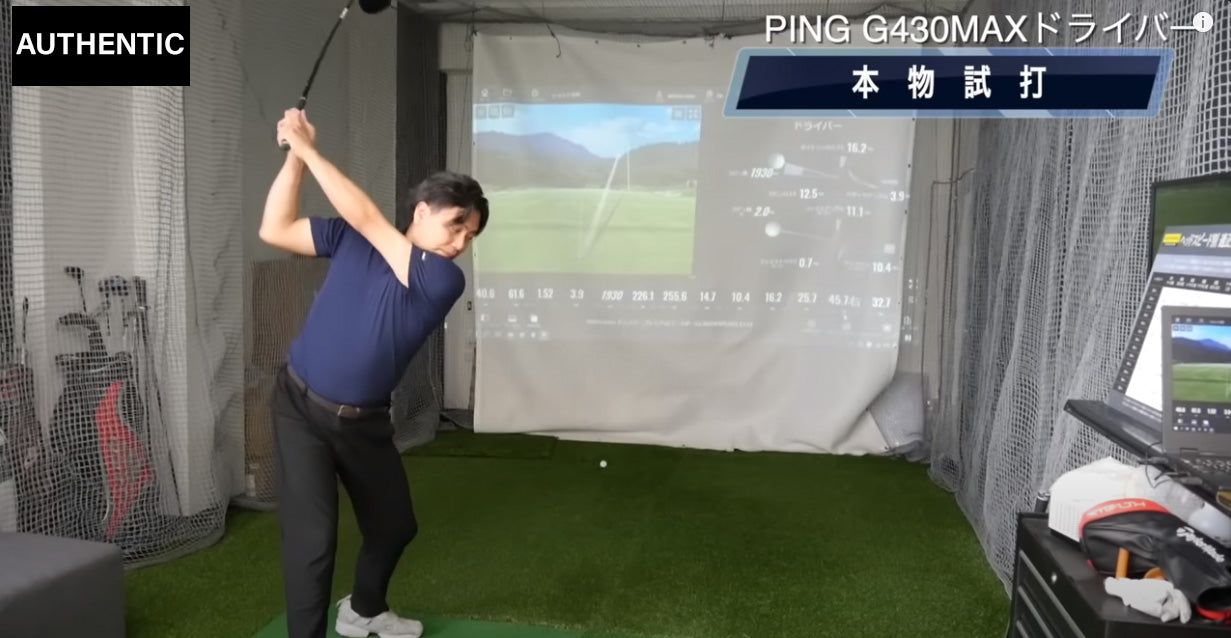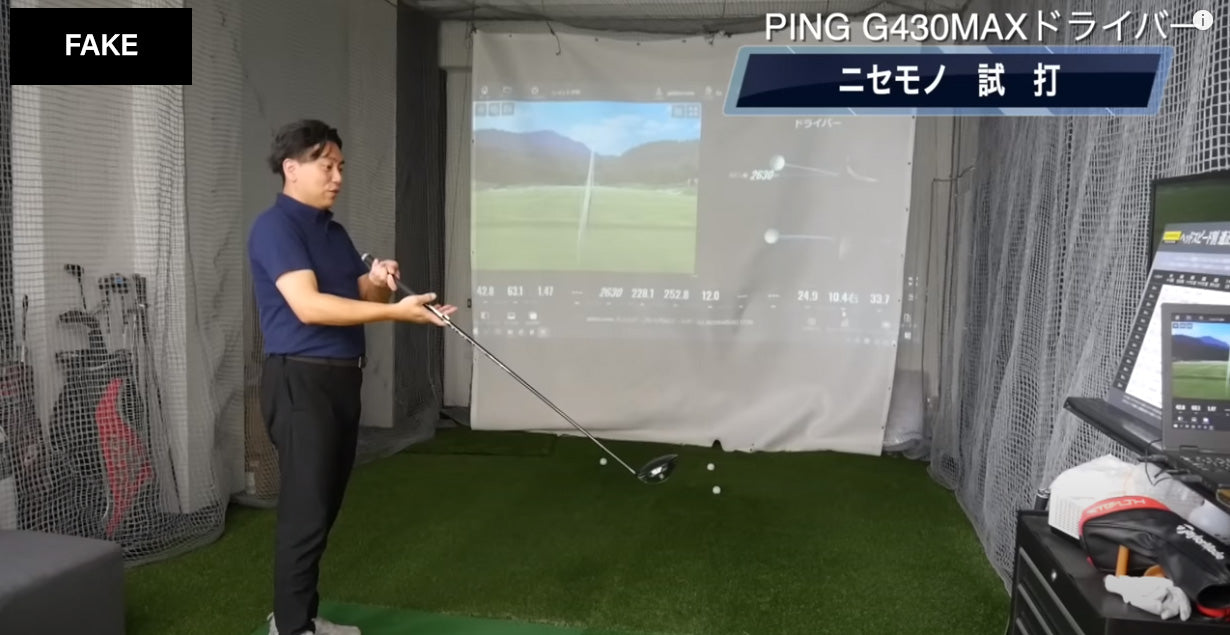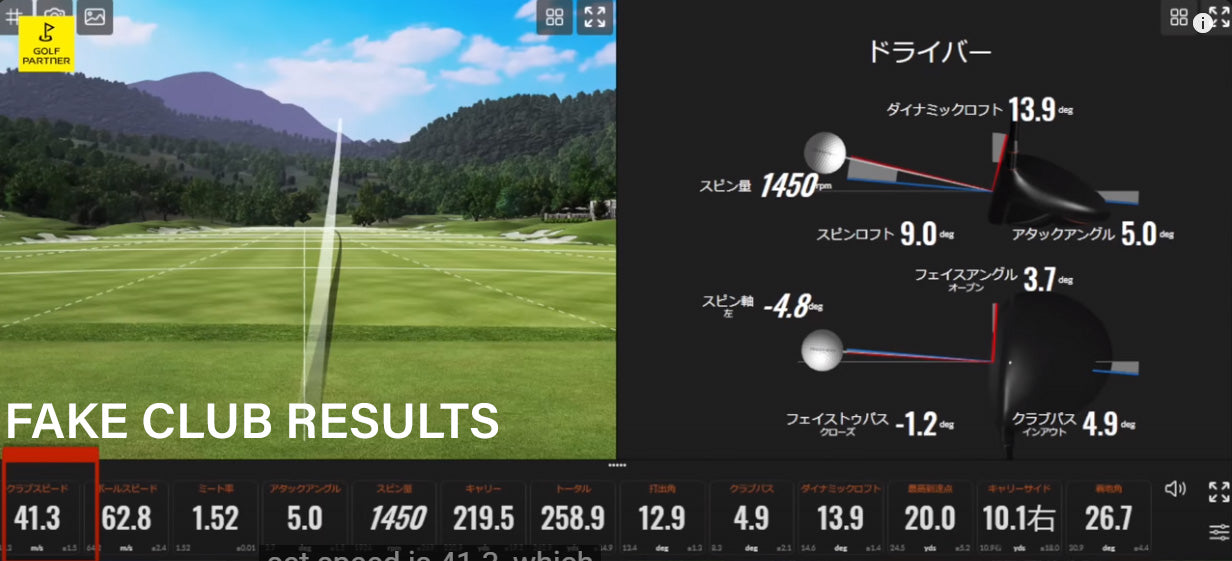Comparing REAL and FAKE PING G430 MAX
In the world of golf equipment, authenticity matters. Whether you're a seasoned pro or a casual player, knowing the difference between genuine and counterfeit clubs can significantly impact your game. In today's blog, we visit Golf Partner Fitting Studio in Chofu and delve into this topic once again, building upon our previous exploration of discerning fake clubs, with the PING G430 MAX. Our mission was clear: to scrutinize the performance disparities between authentic and counterfeit clubs, providing invaluable insights for golfers everywhere.
Weight Differences
Firstly, let's examine the tangible variances between real and fake clubs. We started by comparing the weights and balances. The G430 MAX served as our model of choice today. The measurements revealed a substantial contrast: the authentic club weighed 37g, with a balance of D2.7, while the counterfeit weighed merely 30.13g, with a balance of C6.2. This significant difference extended to the head weight, with the fake being 16g lighter. Additionally, the lengths diverged, with the genuine club measuring 45.75 inches compared to the counterfeit's 45.375 inches. Further analysis unveiled the vibrational frequencies, indicating a stiffer nature in the counterfeit club.
>
Test Shots
Transitioning from theory to practice, we embarked on the essential task of hitting balls with both clubs to observe their performance disparities. Under the expertise of our fitting studio specialist, Mr. Filuta, we conducted the trial. While the flight data appeared promising, with decent distances achieved, the feel upon impact told a different story. The authentic club offered a crisp, satisfying sensation, whereas the counterfeit left much to be desired in terms of feedback.
Authentic Club Shot:
Counterfeit Club Shot:
Upon closer inspection, subtle differences in coloration and texture became apparent, hinting at the underlying discrepancies between the two clubs. Despite the similar outward appearances, the genuine club's superiority became unmistakably clear upon use.
Examining the data
Examining the data, the contrast in performance metrics became glaringly evident. The genuine club boasted a head speed of 42.4 and a face angle of 4.8, delivering consistent, impressive results. In comparison, the counterfeit lagged slightly behind with a head speed of 41.3 and a face angle of 3.7. Notably, the spin rates varied significantly, with the counterfeit exhibiting a reduction of approximately 300 RPM.
From a technical standpoint, the differences extended beyond the superficial. The presence of genuine tungsten weights in the authentic club, as opposed to the absence of such labeling in the counterfeit, underscored the importance of material composition in achieving optimal performance. This subtle yet crucial detail could significantly impact the club's center of gravity, affecting trajectory and speed.
Our concluding thoughts
In conclusion, our experiment highlighted the critical importance of authenticity in golf equipment. Despite the proliferation of counterfeit products in today's market, discerning consumers can safeguard their investment and performance by choosing reputable retailers and seeking expert advice. At Golf Partner Fitting Studio in Chofu, we pride ourselves on offering state-of-the-art equipment and personalized fitting services, ensuring that every golfer finds their perfect match. Whether you're in doubt about the authenticity of your clubs or seeking optimal performance, our team of experts is here to assist you on your journey to golfing excellence.








